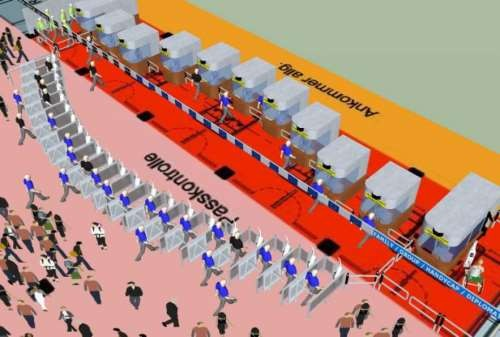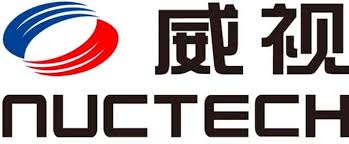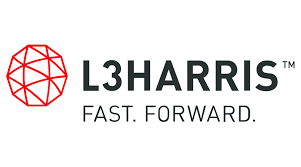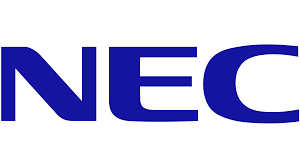Airport Automated Border Control Market Background ““ 2015
People travel and migrate. International movement is on the rise and so are the numbers of border crossings each year too. In 2014 alone, there were over a billion airport border crossings, and estimates predict that there will be a 100% increase by 2030. Airport border crossings should be made as smooth and rapid as possible for travelers, without compromising security.
In order to achieve significant optimization of border control processes, these were subject to a thorough analysis. The airport automated border control will bring about a significant improvement of the necessary procedures in border control.
This approach represents a holistic and flexible upstream technical solution for the equalization and differentiation of in-depth control and minimal check of passenger traffic. New terminal processes allow it to be as pleasant and safe as possible for the traveler without excluding certain groups of people, thus reflecting a modern and progressive Airport.
With the Airport automated border control, the strategy of the Integrated Border Management has been recognized in terms of the quality and quantity of border crossing, the training of border control forces, the ratio of the number of control agents against the control forces, the technical / technological equipment and the optimization of individual processes of major importance.
It is estimated that there were up to 20 million illegal immigrants in the world. Half of them probably entered the country legally, but the authorized period of stay has been irregular (so-called over-stayers). The passport of any third-country nationals should be manually stamped on entry into and exit from the Schengen area. The period of stay of third-country nationals in the territory of the Member State shall be calculated based on these stamps, which are often difficult to interpret; sometimes they are unreadable or may be the target of counterfeiting.
The precise calculation of time spent in the Schengen area is done on the basis of stamps in the travel documents, which is time consuming and difficult. In addition, the length of stay of third country nationals in the Schengen area is not currently covered. Therefore, the present determination of whether a third- country national is overstaying or not is hardly reliable. There is no consistent record of entries into and exits from the Schengen area, which could contribute to the improvement of border management, security and planning; also it is not possible to collect information about over-stayers.

The EU Airport Automated Border Control Concept
The airport automated border control system is generally applicable to all boundaries. It would ensure all cross-border clearance and thus unify the security that is the guarantee for the return in the responsibility of each country.
The airport automated border control can act as an intelligent queuing system. Finally, the extraordinary thing about the airport automated border control is that it allocates to the passenger what is best for him in border control and switches to the next so that the previously unused waiting time effectively brings .in process acceleration benefits. Another particular advantage of this approach is that the traveler, regardless of nationality, can choose any upstream control lane, as the actual assignment is controlled by the switch to the airport automated border control dynamically. Bad pitching is no longer possible – the traveler is placed in each trap.
For the traveler, further advantages can be seen in the concept of classical elements of customer service.
Advantages for border officials result from the fact that they have already submitted information from the electrical tests before the passenger in front of them. Also, the psychological pressure is reduced as the impact so far through long queues was on the border officials. What is important is also that the border control forces along with the airport automated border control also continue to participate actively in the clearance processes, rather than give away their experience to the observation of surveillance images.
The technology used to adapt to the development with loss of function and downstream control of the security shows that the airport automated border control is best suited to be used as a test vehicle for new technologies without hindering the traveler.
ABC4EU stands for automated border control Gates for Europe. It is an EU wide project and involves a Consortium of 15 partners from 8 different countries with 70% EU funding. The aim is to make border control more flexible by enhancing the workflow and harmonizing the functionalities of automated border control (ABC) gates, which is only one example of automation. The project started in January 2014 and will last for 3-5 years.
More information can be found at: Global Airport Security: Technologies, Industry & Markets ““ 2015-2020














